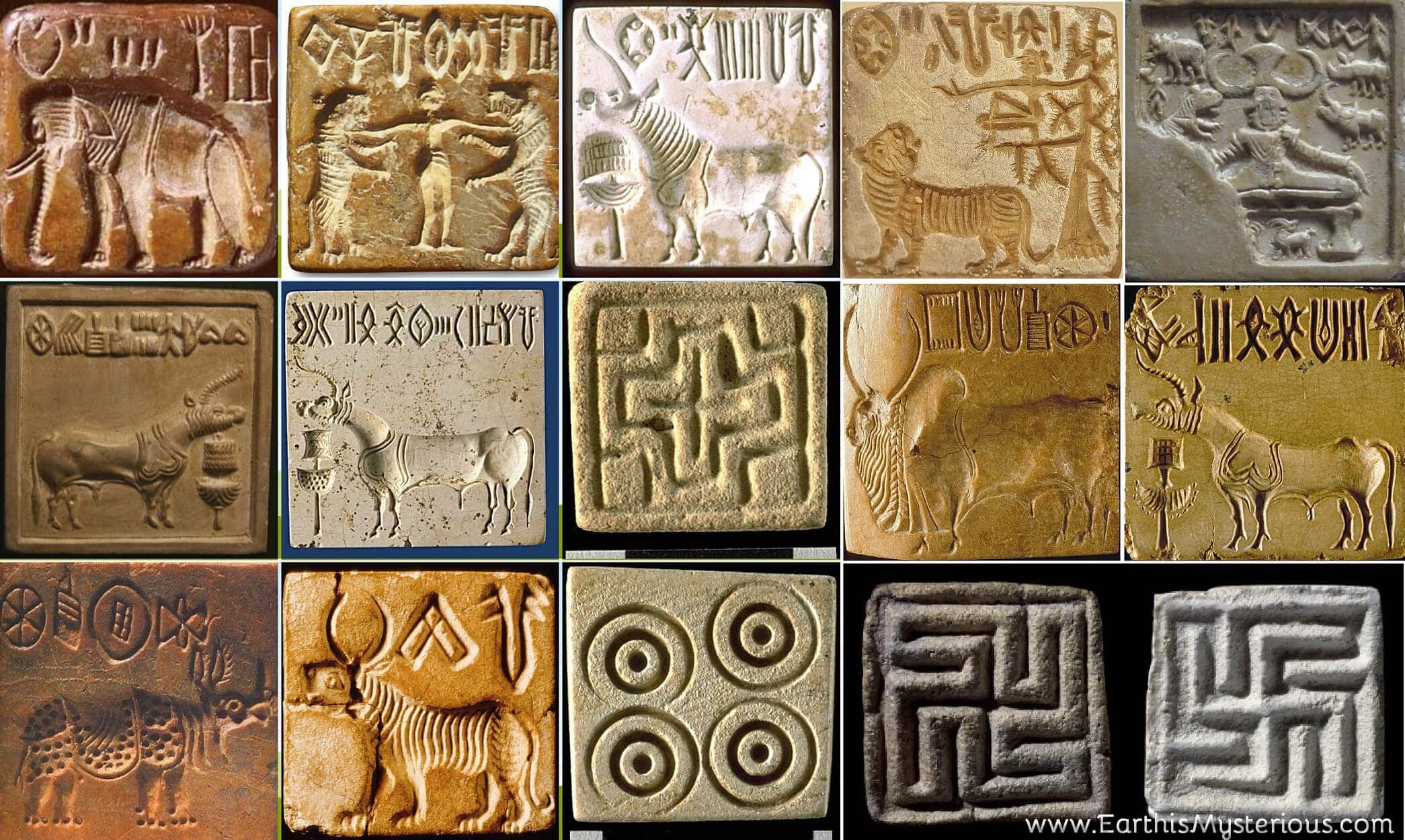The Cryptanalytic Revelation: Yajnadevam's Attempt to Decipher the Indus Script

Introduction
The Indus Valley Civilization (IVC), thriving around 3500 BCE, left behind one of history's most enduring puzzles: the Indus script. This script, consisting of hundreds of brief inscriptions on seals, pottery, and other artifacts, has resisted decipherment for nearly a century. Enter Yajnadevam, a cryptographer whose claim to have cracked this code using cryptographic techniques has ignited both excitement and skepticism across academic circles. This article explores Yajnadevam's methodology, his claims, the tools he's developed, and the broader implications of his work, providing an in-depth analysis of this groundbreaking endeavor.
Yajnadevam's Methodological Approach
1. Cryptogram Hypothesis:
- Yajnadevam's foundational premise is that the Indus script functions as a cryptogram. He posits that each symbol or sequence of symbols in the script could be systematically decoded to reveal linguistic elements, akin to solving a puzzle where each piece has a unique place.
2. Linguistic Connection to Sanskrit:
- His approach assumes a direct linguistic connection to post-Vedic Sanskrit, arguing against the commonly debated Dravidian or Proto-Dravidian hypotheses. This choice is controversial, as no direct evidence links the script definitively to any known language at this stage. Yajnadevam's method involves mapping symbols to phonemes and morphemes of Sanskrit, suggesting a pre-Brahmi script with features of an abugida system.
3. Computational Analysis:
- Yajnadevam utilizes modern computational methods for his decipherment:
- Regular Expressions: Used to identify patterns within the script's symbols.
- Set Intersections: To correlate known Sanskrit texts with the script's symbols, finding matches through extensive dictionary searches.
- Frequency Analysis: Inspired by cryptanalysis, looking at how often signs appear and their positioning to deduce potential meanings.
4. Validation Through Information Theory:
- He applies principles from Claude Shannon's information theory, particularly the entropy and redundancy of languages, to argue for the plausibility of his decipherment. By ensuring that the decoded texts meet certain statistical thresholds of language structure, he claims to meet or exceed Shannon's criteria for credible decipherment.
5. Development of Decoding Tools:
- Yajnadevam has created an online tool suite for public access, which includes:
- Symbol-to-Sanskrit Mapping: Allows users to input symbols and get suggested Sanskrit equivalents.
- Text Search by Translation: Users can enter Sanskrit words to find matching inscriptions in the Indus corpus.
- Transliteration Tools: Convert inscriptions into possible phonetic representations in Sanskrit.
Findings and Claims
- Inscription Decipherment: Yajnadevam asserts that he has translated over 500 inscriptions from the IVC corpus into coherent Sanskrit sentences, ranging from simple names and titles to more complex phrases that suggest cultural practices, deity worship, and trade.
- Cultural and Linguistic Implications: His translations hint at a continuity from the IVC to later Vedic and classical Hindu culture, with inscriptions mentioning deities like Shiva (as Rudra), and suggesting the use of religious symbols akin to those in later Hindu iconography.
- Challenge to Historical Narratives: By suggesting that the Indus script is pre-Aryan and directly linked to Sanskrit, Yajnadevam's work challenges the Aryan invasion theory, proposing instead a model of cultural evolution rather than displacement.
Reactions and Critiques
1. Academic Skepticism:
- The absence of peer-reviewed publications has been a significant point of contention. Critics like Asko Parpola argue that without a bilingual text or more archaeological evidence, the decipherment remains speculative.
2. Methodological Debates:
- There's debate over whether Yajnadevam's method might be "fitting" the data to match Sanskrit, potentially ignoring alternative linguistic interpretations. The reliance on frequency analysis might also overlook other linguistic or cultural cues present in the script.
3. Support and Interest:
- Some scholars, like Dr. Steve Bonta, have expressed intrigue and partial support for Yajnadevam's findings, particularly in online forums and discussions where the method's novelty has been highlighted as a potential new pathway in decipherment.
Broader Implications
- Historical Reinterpretation: If validated, this decipherment could lead to a reevaluation of ancient Indian history, particularly concerning language evolution and cultural continuity.
- Archaeological Guidance: Accurate translations could direct further archaeological explorations, potentially uncovering more about daily life, trade, and religion in the IVC.
- Cultural Education: It might influence how the history of civilization in India is taught, emphasizing a narrative of cultural continuity rather than disruption.
Conclusion
Yajnadevam's work on the Indus script represents a bold intersection of cryptography and archaeology. While the academic community remains divided, his methodologies and tools offer new lenses through which to view this ancient puzzle. The true test will come with rigorous peer review, further archaeological finds, and perhaps, the discovery of a bilingual text. Until then, Yajnadevam's decipherment stands as a provocative hypothesis in the ongoing quest to understand one of the world's oldest civilizations.
- Log in to post comments
